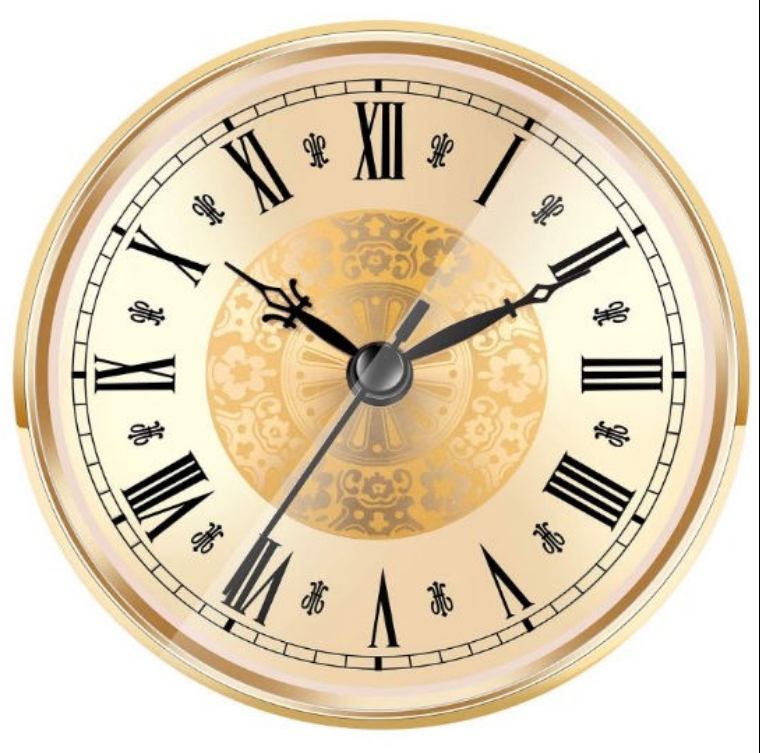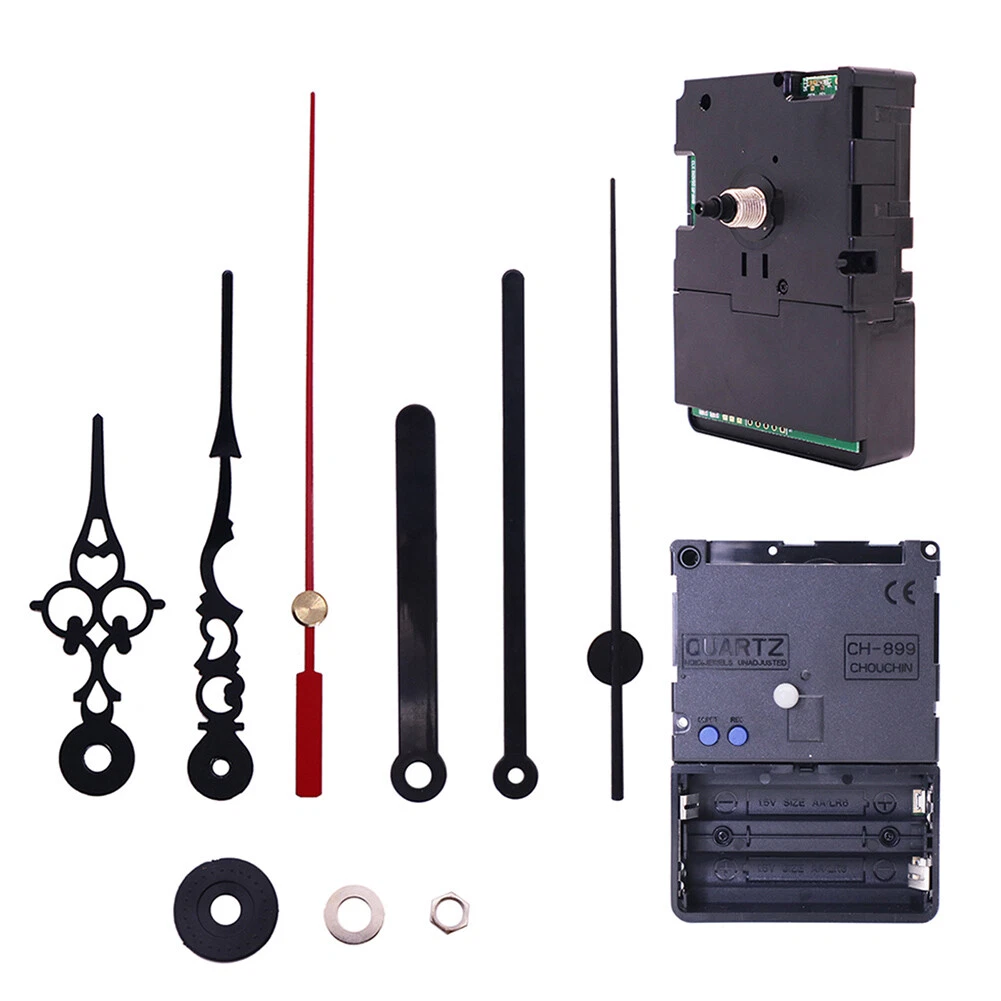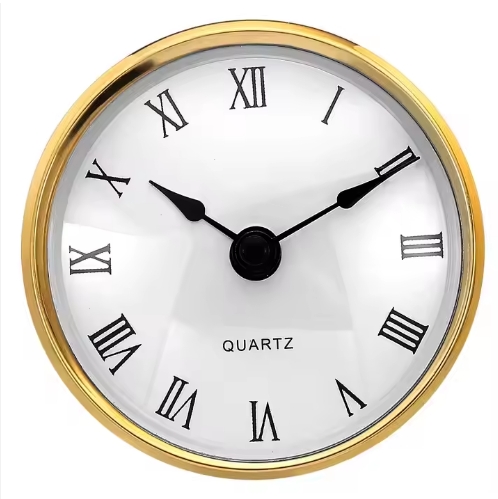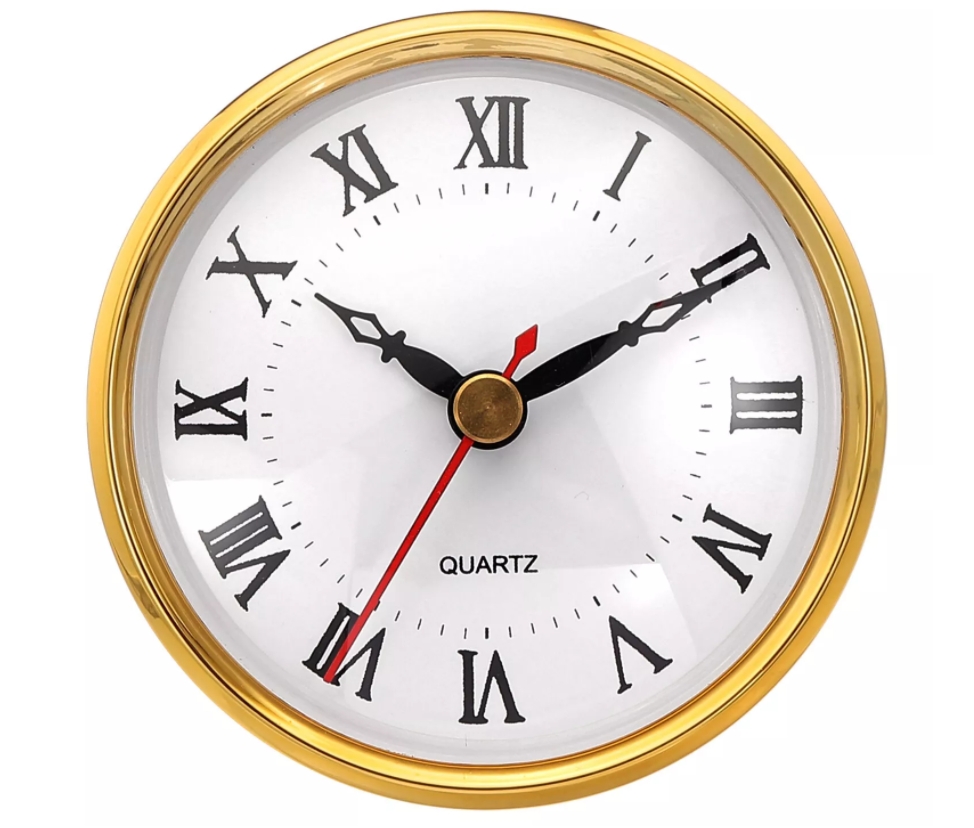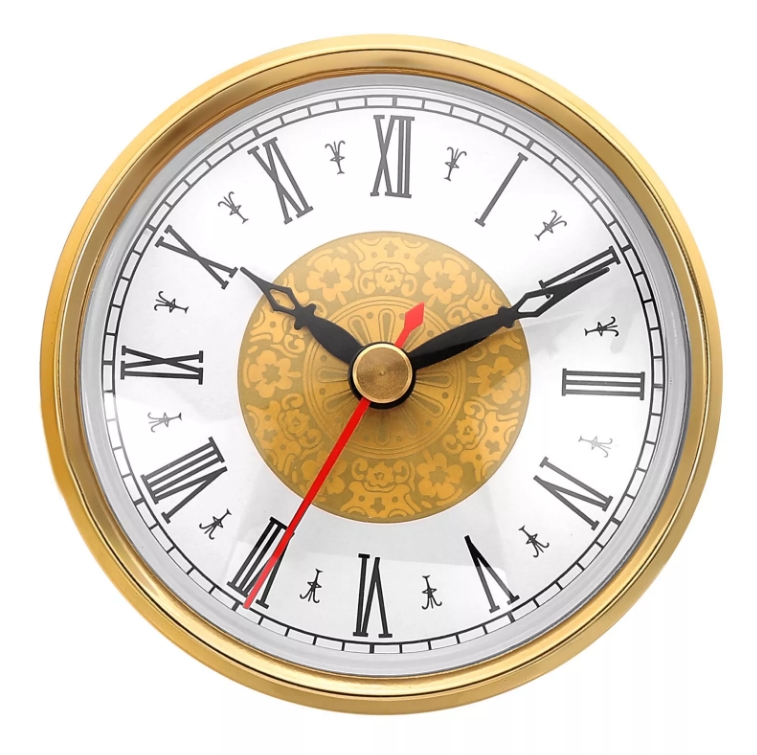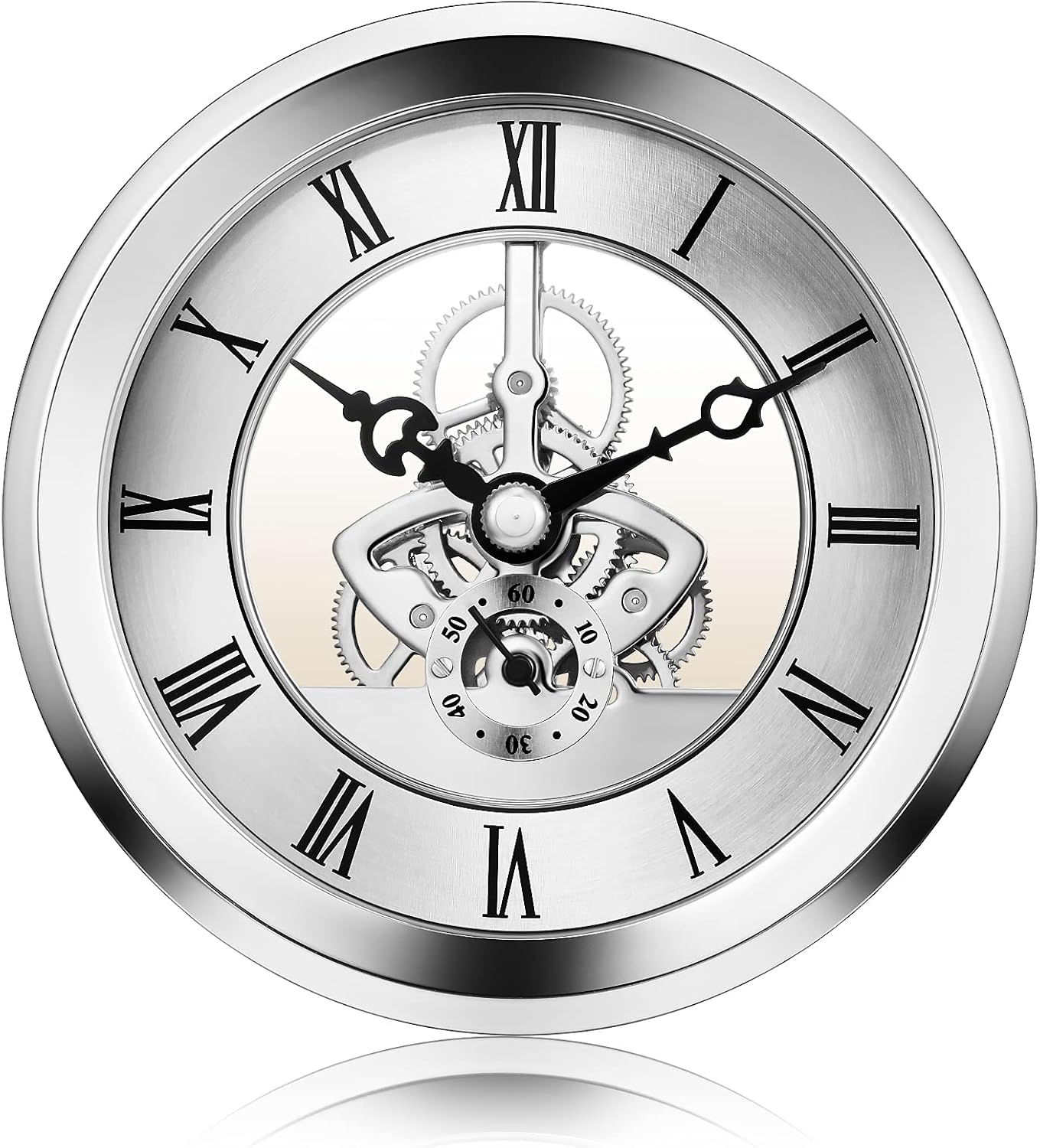



Unlike the industrialization in other parts of the world where large, noisy, dirty factories took over the countryside, the cuckoo clock factories were generally much smaller and housed in cottages where entire families would contribute one specific part of the clock. Each individual was trained in one aspect of clock making or decorating, with one family member working on the actual clock, another working on the case carving, another on painting the decorations, and another to completely assemble the piece. Over 13,500 men, women, and children worked in making cuckoo clocks during this period of time in the Black Forest village of Triberg.
Today, the cuckoo clock has made its way all over the world. Still made in many of the same traditions, the most historic cuckoo clocks are still produced in the Black Forest region. Whether you choose to decorate your home with a clock that houses the tiny bird or want a true German souvenir to remember your trip, a cuckoo clock is the perfect addition to any home.
- Sweep clock movement
- Clock hands
- High torque clock movement
- Skeleton clock movement
- Radio controlled clocks
- Pendulum clock movement
- 24 hours clock movement
- Tide clock movement
- DIY clock movement
- Round clock movement
- Quartz clock movement
- Clock inserts
- Watch inserts
- Clock parts
- Clock dials
- Wall clocks
- Plastic clock movements
- Toy clock movements
- Hook clock movement
- Alarm clock
- Clock movement
- Movements package
- Clock hands catalog



Sitemap Admin Powered by: hkwww.cn
Tel: 86-769-85532891 E-mail: talent@hengrongclock.com.cn http://www.clockmovements.cn
Keywords: clock movement, clock parts, clock hands, clock mechanism, clock accessories, cuckoo clock, alarm clock, insert clock







